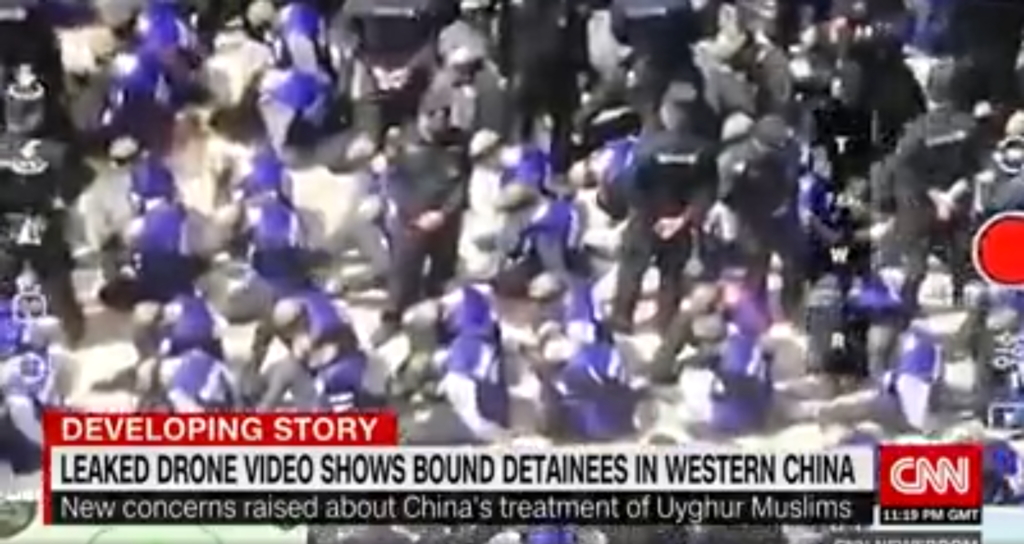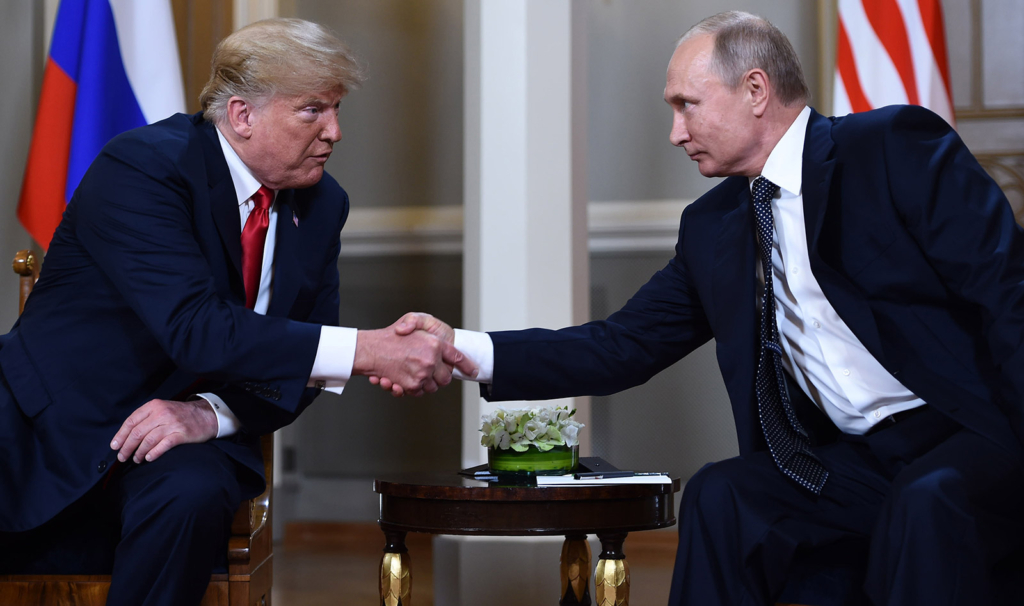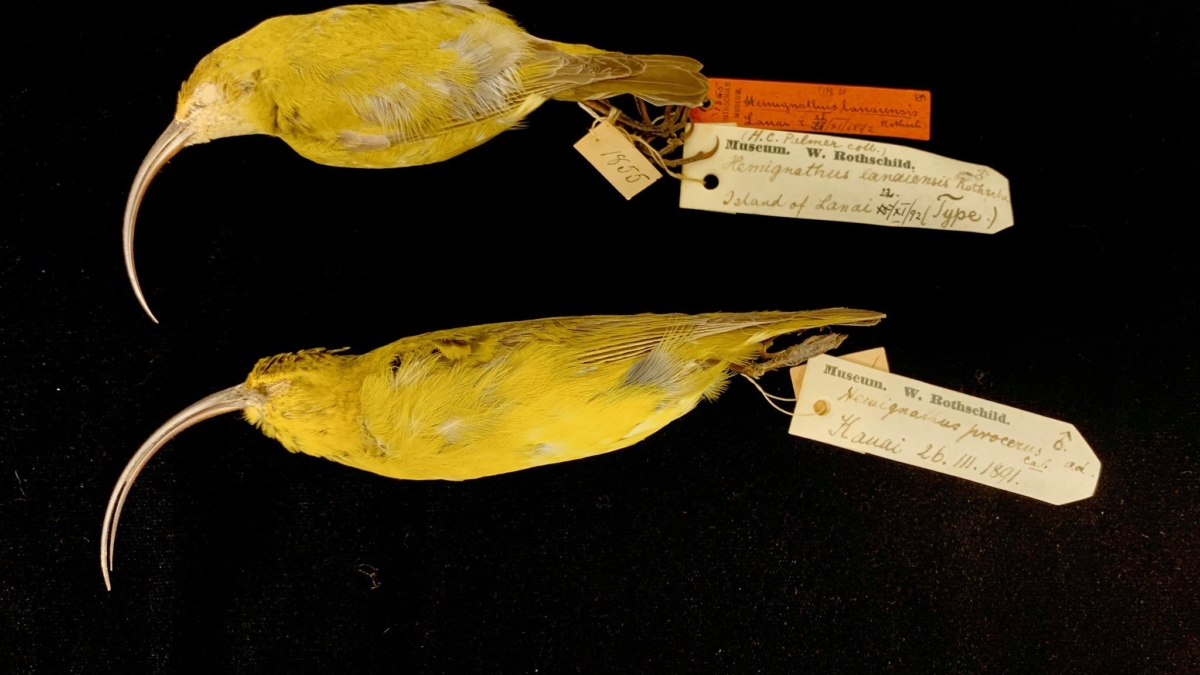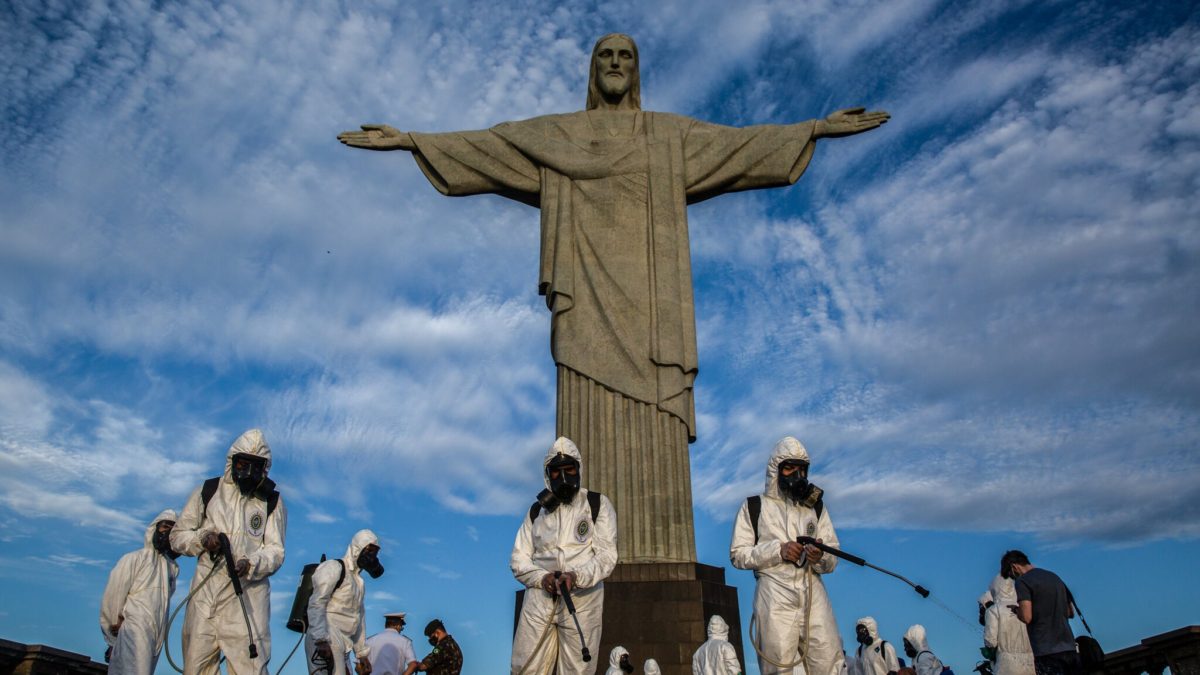Authoritarian advance: How authoritarian regimes upended assumptions about democratic expansion – “These regimes are turning the tools of coercion outward to push back on democracy”

By Laura Rosenberger
13 September 2019
(GMF) – Thirty years after the fall of the Berlin wall, democracies again face a struggle against authoritarianism. This is not the ideological battle of the Cold War, but it is a confrontation between systems of government. As democracies are showing cracks and as authoritarian regimes are gaining strength, the global balance of power is beginning to shift to a world where authoritarian regimes are setting rules for new global challenges, especially in information, technological, and in some cases economic spaces. Using economic and technological tools once thought to be democratizing forces, authoritarian regimes are undermining and eroding democratic institutions while enabling the growth of more authoritarian governance systems. Illiberalism and authoritarianism are on the march at the expense of liberal democracy.
At the same time, policymakers assumed that technological developments and trade and investment would pierce the veil of authoritarian states. U.S. President Bill Clinton famously said in 2000 that China trying to crack down on the Internet was “like trying to nail Jell-O to the wall.” In 2005, U.K. Prime Minister Tony Blair told reporters after meeting Chinese Premier Wen Jiabao that “The whole basis of the discussion I have had in a country that is developing very fast – where 100 million people now use the Internet, and which is going to be the second-largest economy in the world – is that there is an unstoppable momentum toward greater political freedom.”
But Russia and China had other ideas. These regimes continued to see democracy as a threat to their power, and invested in means to halt this march toward freedom. They understood earlier than democratic leaders that technology could be harnessed for control and manipulation, developing tools to constrain, surveil, and insidiously shape the views of their populations using information and technology, bolstering their power. And they and took advantage of market asymmetries and non-transparent Western financial practices to gain leverage and consolidate power.
Russia harnessed tools of surveillance with Soviet roots to monitor telecommunications traffic and Internet traffic within its borders. Its System of Operational-Investigatory Measures (SORM) enables the Federal Security Service to collect, analyze, and store all forms of communication that pass over Russian networks.1 Russia also uses information-warfare tactics online to control and manipulate public perception in support of the regime: the now-infamous Internet Research Agency originally targeted domestic audiences, when it first began posting to Twitter in 2009.2
Meanwhile, the Chinese Communist Party (CCP) has shown that apparently Jell-O can be nailed to the wall. Its Great Firewall of a censored Internet is now supplemented by indigenous platforms and apps that allow it to police its users’ activities online, shaping their information reality and tracking their daily routines.3 This is combined with an artificial-intelligence-powered system of surveillance and facial recognition that monitors offline activities, enabled by cameras that dot every corner of Chinese cities. The CCP has used this system most aggressively in the Xinjiang region, where it monitors and manipulates nearly all aspects of Uyghurs’ lives and has put large numbers of Uighurs in “reeducation camps” for perceived disloyalty the regime.4 And a tech-powered system of “social credit,” backed by all of this data, is currently being rolled out nationwide.5
Leaders in Moscow and Beijing have also manipulated markets to fortify their own power. The CCP has developed a directed form of state-backed market economy, and exploited asymmetries between its system and the international economic system in which it was welcomed to gain favorable positions for its companies and interests. Rather than greater economic openness generating a push against the party-state for political freedoms, the party-state has instrumentalized its corporate entities, using them as a means not only for economic growth, but also for coercive political leverage and to cultivate influencers.6 President Vladimir Putin and his cronies used the privatization period in Russia to enrich themselves at the expense of the Russian people, and now rely on the Western financial system to protect these ill-gotten gains, employing a kleptocratic patronage system that bolsters Putin’s power and enriches his inner circle.7

Exporting Authoritarianism
Increasingly, these regimes are turning these tools of coercion outward to push back on democracy and enable the spread of illiberalism and authoritarianism in order to advance their own interests. Extending the means of control they have developed at home allows them to fortify that power within their borders and without. And the erosion of institutions inside democratic countries along with a retreat in U.S. global leadership has provided these regimes with soft targets.
In the case of Putin’s Russia, this manifests in a strategy of undermining democracies as a means of weakening them to gain relative power and diminish their appeal at home. Seeing vulnerabilities in democracies as opportunities to boost his position, Putin has turned his information weaponry outward, using his intelligence apparatus and proxies to exploit divisions and weaknesses to create chaos and damage democratic governments and institutions across the transatlantic space. Putin’s kleptocratic regime has developed a network of patrons across Europe, spreading corruption that weakens democracies from the inside and helps Putin to maintain power. The former president of Freedom House, David Kramer, rightly observed that “corruption is Putin’s biggest export,” noting that is possible only because Western democracies import it, eroding good governance and facilitating Putin’s efforts to make democracies look more like his kleptocracy.8 Russia also uses state-owned companies, particularly in the oil and gas sectors, to create and exploit dependencies, cultivate influencers, and coerce governments to adopt policies favorable to Moscow.9 [more]
Authoritarian Advance: How Authoritarian Regimes Upended Assumptions about Democratic Expansion



Desdemona Despair, please stick to the plentiful signs of human overshoot and leave the political propaganda (particularly this drivel level american garbage) for the main stream presstitutes.
But the descent of humanity into brutal, tribal regimes is part of the story of our extinction. Desdemona has always been about supporting Enlightenment ideals and documenting their inevitable decline as our species becomes increasingly desperate. The technology trap that has us locked into overpopulation and resource depletion also guarantees that the coercive power of governments will be amplified to levels never before seen and only hinted at in dystopian fiction like 1984 and Brave New World.